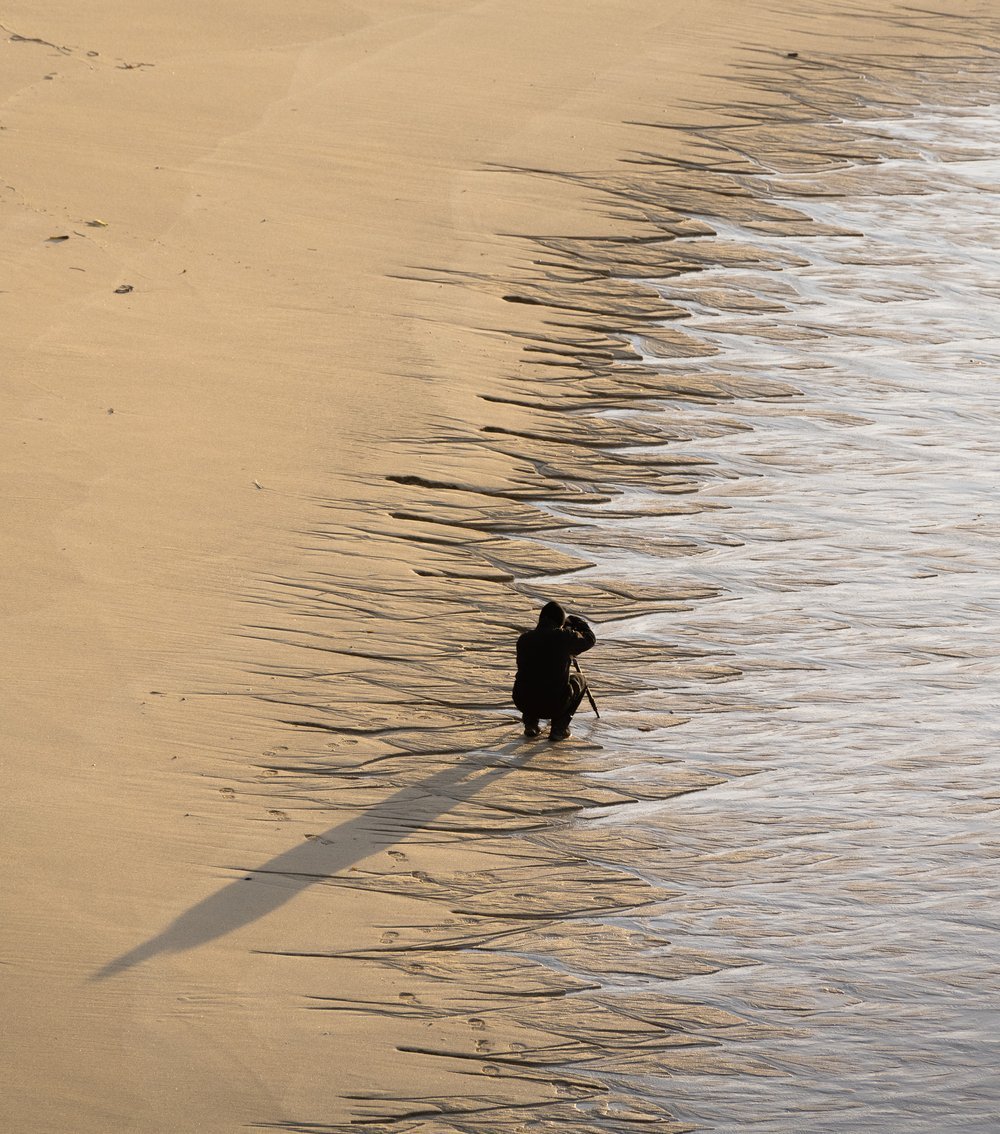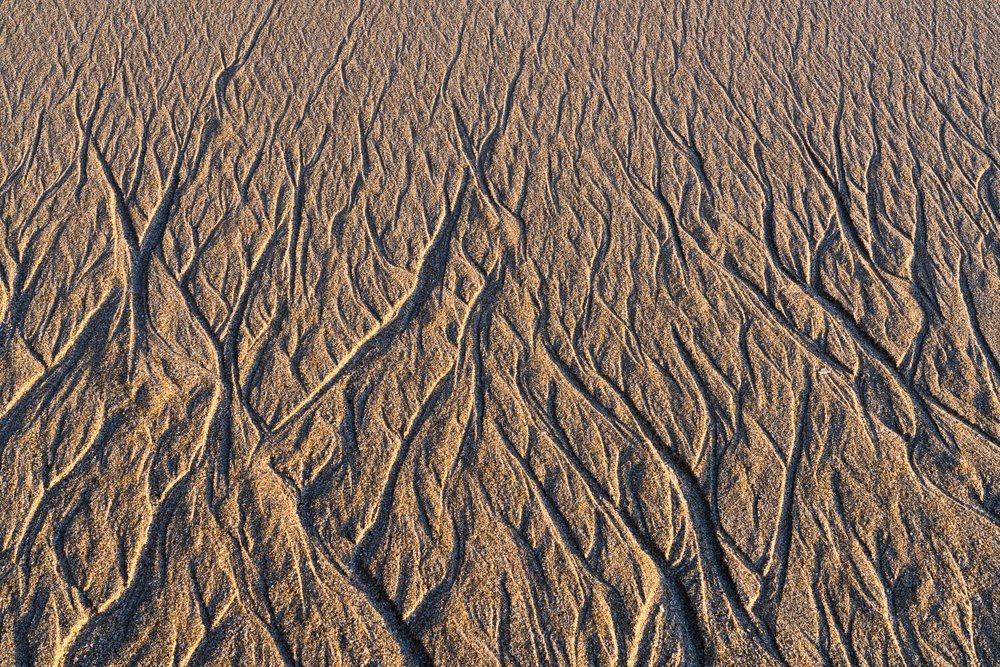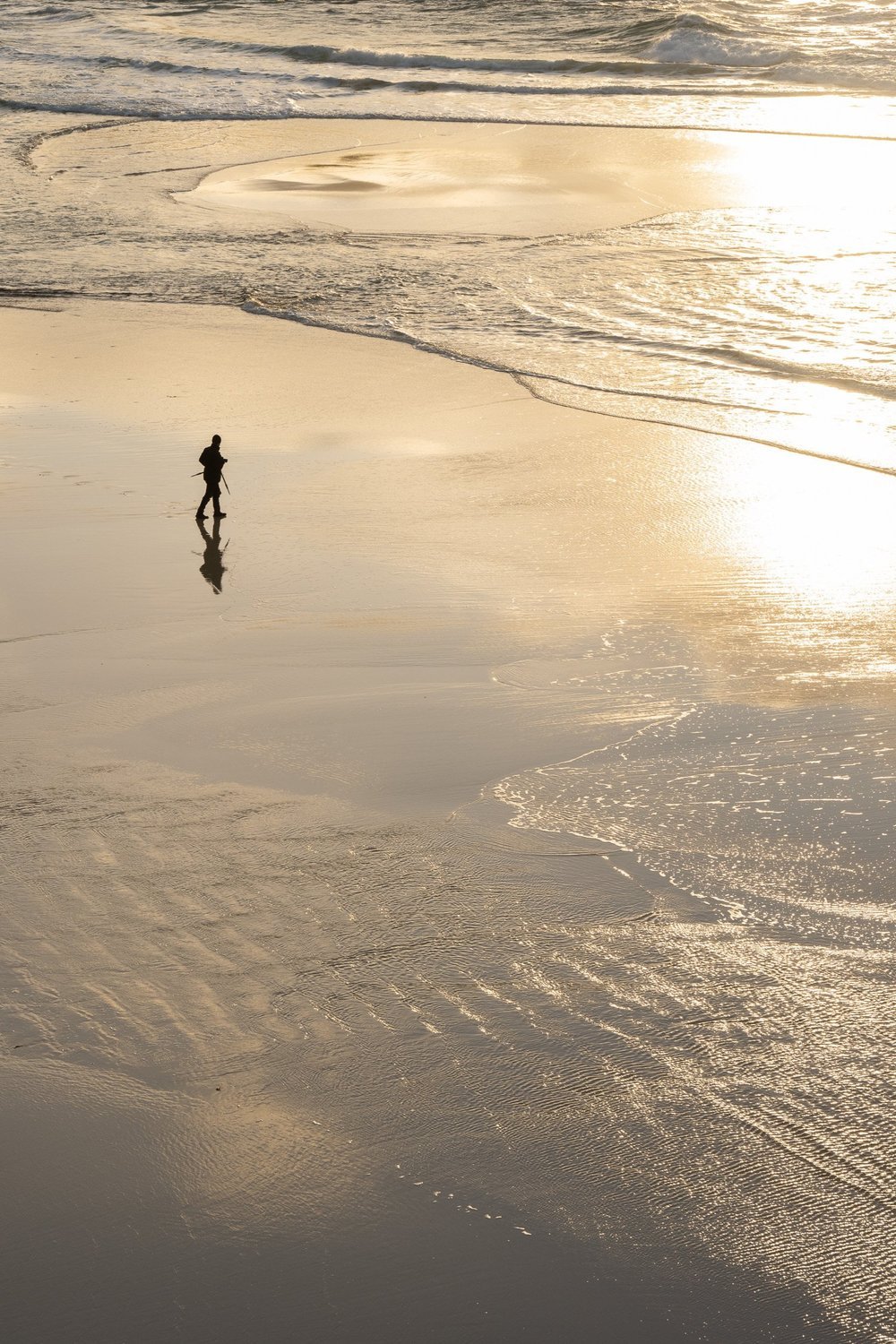Cornwall | Part 2 | Photographing Logan Rock
Photographing Logan Rock
The Logan Rock is a large boulder located on the southwestern coast of Cornwall, England. It is situated on the Treen Cliff near the village of Treen, and is known for its unusual rocking motion. The boulder, which weighs approximately 80 tons, is balanced on a natural pivot point and can be rocked back and forth by a person or small group of people using minimal force. It is also a protected monument, as it has cultural and historical significance. The rock is believed to have been used as a vantage point by smugglers and pirates in the past, and it has also been associated with local folklore and legends.
It offers a lot of possibilities around sunrise. In this blog I wanted to show some of the possibilities from a amazing morning spent there with good friends James Popsys and Mads Peter Iversen. I have also included some tips at the bottom for submitting your images to a magazine.
The hero images from the morning. There was a haze in the air that I thought wasn’t going to work for this image but actually it created something quite special
One of the small bays around the site of Logan Rock.
The patterns in the sand were very interesting and shot from above looks great (image below). But I loved this abstract shot taken by Mads here down on the beach.
Down on the beach it is also possible to get amazing reflections if you get the tide right (this was taken just before low tide). And in mid November the sun rises in the perfect location.
(Image by Mads Peter Iversen)
In the image above at the left hand side you can see Logan Rock. In fact there are quite a few boulders that look like they are balancing.
The area is popular with surfers (yes even in winter!). And in the image above you can see the outdoor theatre Minack Theatre.
You can see a difference in colour in the ocean in this image compared to the last due to how the light is reflected and the strength of the sun. The colour temperature is exactly the same and they are taken at roughly the same time of day.
The rock colour in this area is a great contrast to the ocean. Although this image isn’t especially dramatic it shows the potential for different compositions around this area of the coast.
Tips for submission of your photos for inclusion into a magazine.
Submitting landscape photography images for inclusion in a magazine can be a great way to showcase your work and gain exposure as a photographer. Here are some steps to follow when submitting your images for consideration:
Research the magazine: Before you start submitting your images, it's important to research the magazine to ensure that your work is a good fit. Look at past issues to get a sense of the types of images they feature and the overall aesthetic of the magazine. This will help you tailor your submissions to their needs and increase your chances of being accepted.
Review the submission guidelines: Most magazines will have specific guidelines for submissions, so be sure to review these carefully. These guidelines may include information on how to format your images, how many images you can submit, and what type of information you need to include with your submission.
Choose your images carefully: When selecting your images, consider the overall theme and aesthetic of the magazine. It's a good idea to submit a variety of images that showcase your skills as a landscape photographer, including wide shots, close-ups, and panoramic views. Avoid including images that are too similar to ones that have been featured in past issues of the magazine.
Edit your images: Before you submit your images, be sure to editcthem to the best of your ability. This may include adjusting the exposure, color balance, and sharpness, as well as removing any distracting elements or blemishes.
Make sure you include difference aspect ratios in your images and also think about images that have a lot of negative space so they can be used for text.
Follow up: After you've submitted your images, it's a good idea to follow up with the magazine to check on the status of your submission. If your images are accepted, be prepared to provide additional information or materials as needed.
















